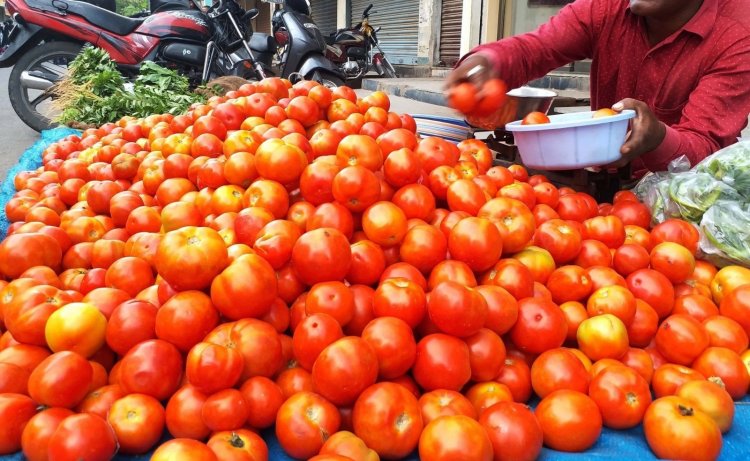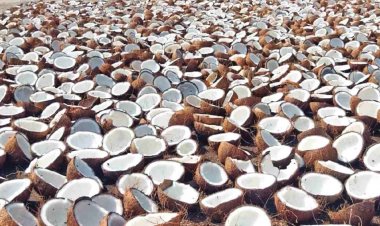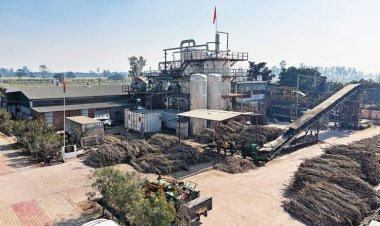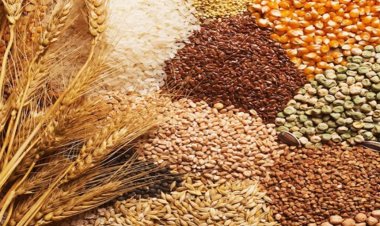Tomato price hike hits household budgets: RBI article
Rising tomato prices have received widespread attention as it has taken a toll on household budgets and the spillover effect of the spike in the price of the kitchen staple on other commodities remains a "major concern", says a Reserve Bank article. In recent weeks, the retail price of tomatoes has soared to up to Rs 250 per kilogram, mainly due to crop damage, prompting the Centre to start selling tomatoes at Rs 80 per kg in a bid to provide relief to people.

Rising tomato prices have received widespread attention as it has taken a toll on household budgets and the spillover effect of the spike in the price of the kitchen staple on other commodities remains a "major concern", says a Reserve Bank article. In recent weeks, the retail price of tomatoes has soared to up to Rs 250 per kilogram, mainly due to crop damage, prompting the Centre to start selling tomatoes at Rs 80 per kg in a bid to provide relief to people.
"The recent spike in tomato prices on account of crop damage due to inclement weather and pest attacks in the major production belts has received widespread attention as it has taken a toll on households' budgets," said an article on 'State of the Economy' published in the Reserve Bank of India's July bulletin. The article also pitched for improving supply chains to contain overall inflation volatility.
According to the article, historically, tomato prices have been an important contributor to volatility in overall inflation. Its volatility also gets transmitted to prices of other vegetables in both retail and wholesale markets. "Tomato, being a highly perishable item with a very short crop duration, exhibits considerable seasonal variation in prices but these episodes are short lived," the article authored by a team lead by RBI Deputy Governor Michael Debabrata Patra said.
The central bank, however, said the views expressed in the bulletin are of the authors and do not represent the views of the RBI. A section in the article, titled 'Five Facts About Tomato Prices', says the average duration of a high price episode, derived from the Markov Chain transition probability matrix, shows that prices stay above Rs 40 for an average duration of 2.6 fortnights whereas prices remain below Rs 20 for an average duration of 10 fortnights. "Spillovers from tomato price spikes to prices of other commodities and unhinging inflation expectations remain a major concern," it said. Increasing amplitudes of price spells over the years calls for improving the supply chains to contain overall inflation volatility, it added.
The article further said that food price spikes typical of the onset of the monsoon drove up headline inflation in June, corroborating the Monetary Policy Committee's (MPC) view that the fight against inflation is far from over and monetary policy has to stay the course on the arduous last leg of the journey to align inflation with the target.
The article also said the global growth momentum appears to be stalling, especially manufacturing and investment, amidst moderating headline inflation with a stubborn core. Market expectations of future interest rates have gone up in response to the hawkish policy stance while equity prices have flattened and bond yields have hardened.
In India, the rain deficit is rapidly closing amidst a highly cyclone-skewed distribution. Manufacturing and services activity remains in expansion albeit with some sequential moderation in June, the article said.



 Join the RuralVoice whatsapp group
Join the RuralVoice whatsapp group







































